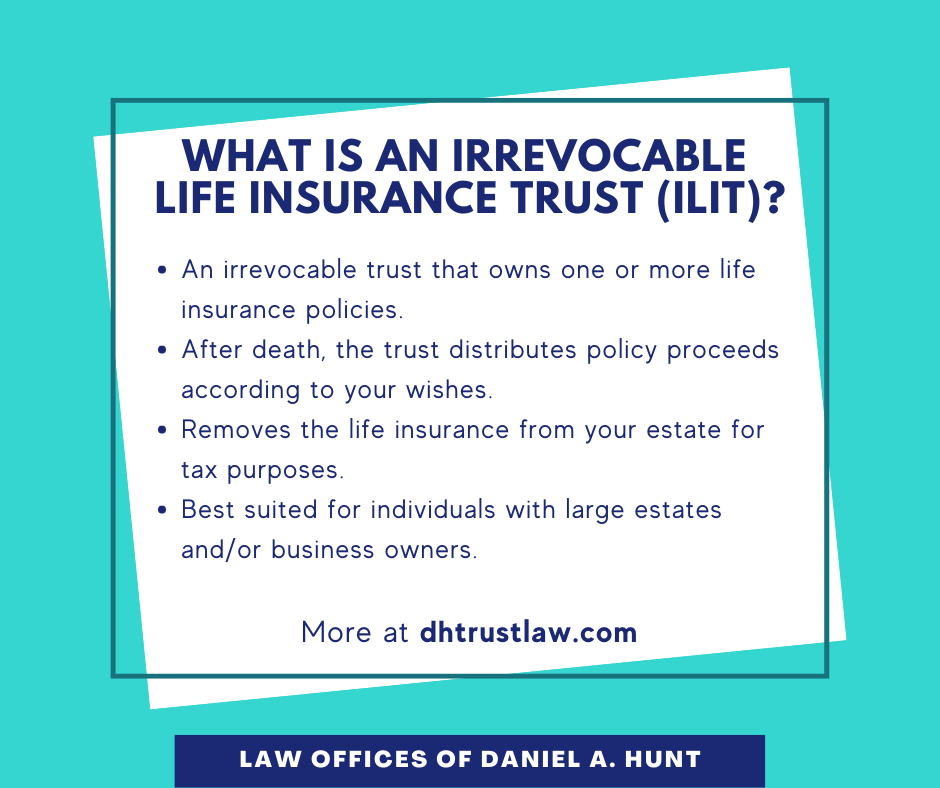The Ultimate Guide To Pacific Prime
The Ultimate Guide To Pacific Prime
Blog Article
The Pacific Prime Diaries
Table of ContentsPacific Prime Fundamentals ExplainedThe 4-Minute Rule for Pacific PrimeThe Ultimate Guide To Pacific PrimeThe 8-Minute Rule for Pacific PrimePacific Prime - An Overview

This is since the information were collected for a duration of solid economic efficiency. Of the approximated 42 million people who were without insurance, just about regarding 420,000 (concerning 1 percent) were under 65 years of age, the age at which most Americans end up being qualified for Medicare; 32 million were adults between ages 18 and 65, around 19 percent of all grownups in this age group; and 10 million were youngsters under 18 years of age, about 13.9 percent of all kids (Mills, 2000).
These quotes of the variety of persons without insurance are created from the yearly March Supplement to the Current Population Study (CPS), carried out by the Demographics Bureau. Unless or else noted, nationwide price quotes of individuals without health and wellness insurance and percentages of the populace with various kinds of protection are based upon the CPS, the most widely utilized source of estimates of insurance coverage and uninsurance rates.
The Ultimate Guide To Pacific Prime

Still, the CPS is especially useful because it generates annual price quotes reasonably swiftly, reporting the previous year's insurance coverage approximates each September, and due to the fact that it is the basis for a constant set of estimates for even more than twenty years, permitting analysis of patterns in coverage with time. For these factors, in addition to the comprehensive use of the CPS in various other research studies of insurance coverage that exist in this report, we count on CPS quotes, with constraints noted.

The estimate of the variety of uninsured people expands when a population's insurance condition is tracked for several years. Over a three-year period starting early in 1993, 72 million people, 29 percent of the united state population, were without insurance coverage for at the very least one month. Within a single year (1994 ), 53 million individuals experienced at the very least a month without protection (Bennefield, 1998a)
Six out of every 10 uninsured grownups are themselves utilized. Although working does boost the probability that a person and one's member of the family will have insurance policy, it is not an assurance. Also participants of families with 2 full-time breadwinner have practically a one-in-ten opportunity of being uninsured (9.1 percent uninsured price) (Hoffman and click reference Pohl, 2000).
How Pacific Prime can Save You Time, Stress, and Money.
New immigrants make up a significant percentage of people without wellness insurance coverage. One analysis has associated a considerable section of the current development in the dimension of the united state without insurance populace to immigrants that got here in the nation between 1994 and 1998 (Camarota and Edwards, 2000). Recent immigrants (those who involved the USA within the past four years) do have a high rate of being uninsured (46 percent), however they and their youngsters make up simply 6 percent of those without insurance across the country (Holahan et al., 2001).
The relationship between health insurance coverage and access to care is well established, as recorded later on in this chapter. Although the partnership in between health insurance coverage and health and wellness results is neither direct nor simple, an extensive clinical and health and wellness services research study literary works web links health and wellness insurance protection to enhanced access to care, better quality, and boosted individual and populace health and wellness status.
Degrees of analysis for analyzing the effects of uninsurance. It concentrates particularly on those without any type of health insurance coverage for any length of time.
See This Report about Pacific Prime
The troubles dealt with by the underinsured are in some respects comparable to those dealt with by the without insurance, although they are usually less severe. Wellness insurance coverage, however, is neither required nor enough to get access to clinical solutions. The independent and direct result of health and wellness insurance policy coverage on accessibility to health and wellness services is well developed.
Others will get the healthcare they require even without health insurance policy, by paying for it expense or seeking it from companies who use care cost-free or at highly subsidized prices. For still others, medical insurance alone does not guarantee invoice of treatment since of various other nonfinancial obstacles, such as a lack of wellness care suppliers in their community, restricted accessibility to transportation, illiteracy, or etymological and social distinctions.
Getting The Pacific Prime To Work
Formal research study concerning uninsured populations in the United States dates to the late 1920s and early 1930s when the Board on the Expense of Treatment generated a collection of records about financing doctor office brows through and hospital stays. This issue became salient as the numbers of medically indigent climbed throughout the Great Depression.
Report this page